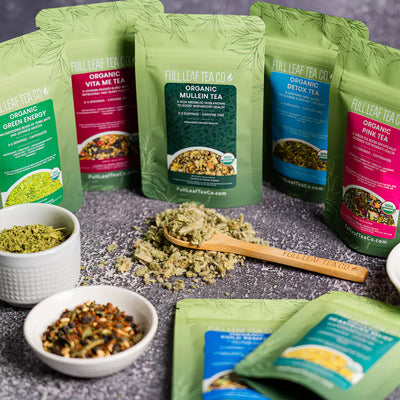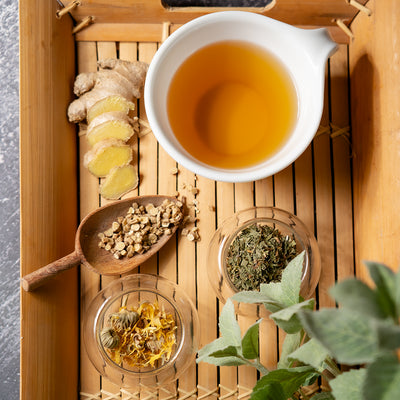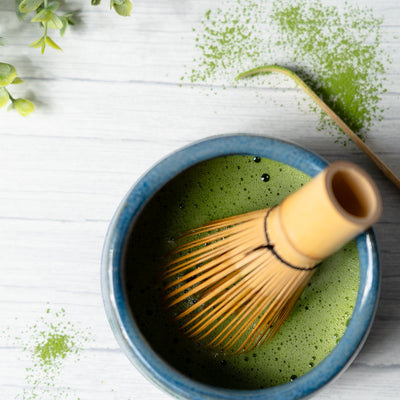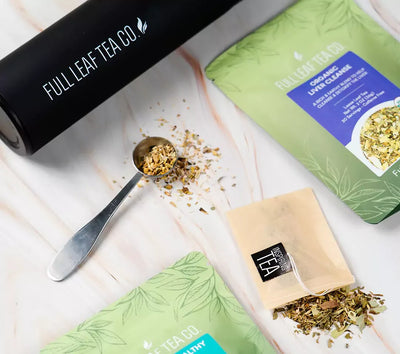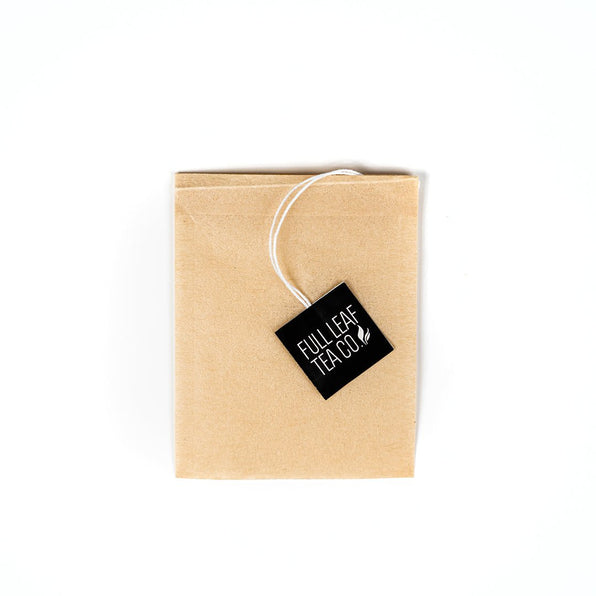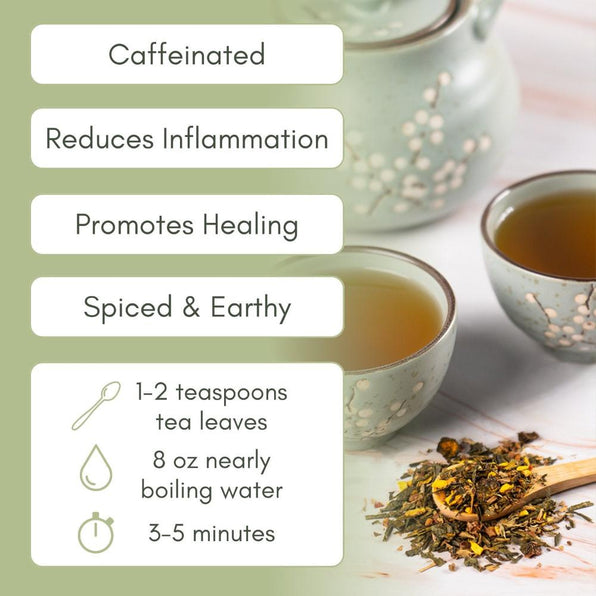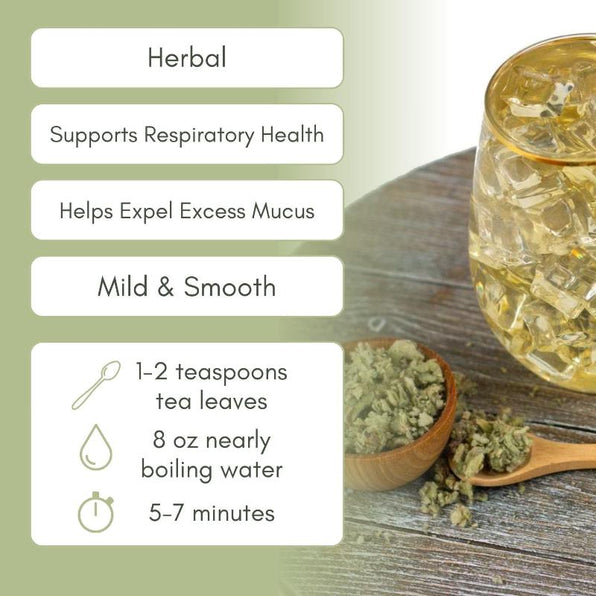China, the birthplace of tea, is still one of the most famous tea-producing countries. However, despite its popularity, there are still some misconceptions about Chinese tea we feel should be addressed.
The history of tea can be traced back to ancient China, where it was initially used for medicinal purposes. Legend has it that the Chinese emperor, Shen Nong, accidentally discovered tea around 2737 BC when a tea leaf fell into his boiling water. From there, tea cultivation gradually spread throughout China, eventually becoming a staple beverage and a significant part of Chinese culture.

Even though tea originated in China, one of the most common misconceptions is that Chinese tea is poor quality or is unsafe to drink. However, this is not the case.
It's important to note that China has strict regulations in place to ensure the safety of its tea. The government has implemented a series of laws and regulations to govern the production, processing, and distribution of tea. These laws include strict pesticide residue limits and all tea exports must pass strict quality inspections before being allowed to leave the country.
Every tea that we sell must meet the USDA regulations to be deemed organic which involves an inspection of the facility and products that are produced there. Just like our facility in Oregon gets inspected carefully to align with USDA organic certification standards, the facilities we source our organic teas from must go through the same rigorous examinations. In addition, every tea goes through third-party testing to test for any contamination prior to entering our facility in Oregon no matter where it is sourced.
Chinese tea has a rich history and is deeply ingrained in Chinese culture. Tea is an art form and the people who produce it take great pride in their work. From the harvest to the final product, every step is carefully considered to produce the best possible flavor and quality from our suppliers.
We choose our sources with careful consideration for their quality, consistency, and sustainability no matter if we are sourcing green tea from China or peppermint from Oregon.
We hope that this information has helped clarify some of the misconceptions surrounding Chinese tea and encourage you to give one of our green or pu-erh teas a try!

